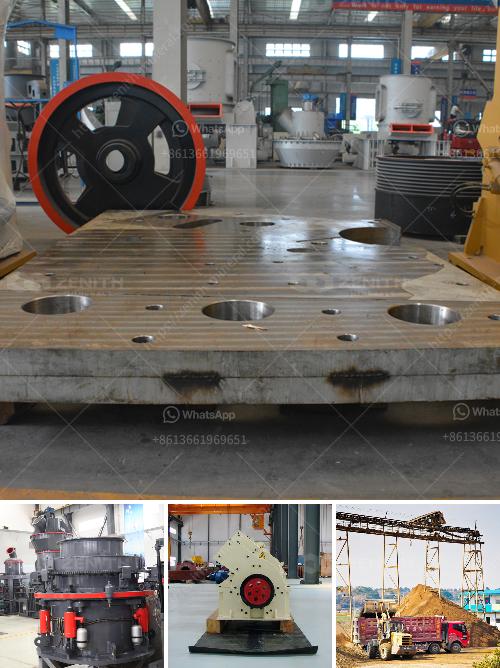Creating a 100 Tons Per Hour (tph) alluvial deposit gold processing plant involves several critical considerations to ensure efficient, safe, and sustainable operations. Here’s a detailed overview of the key components and steps involved:
1. Site Assessment and Design:
- Geological Survey: Conduct a detailed geological survey to determine the gold concentration and distribution in the alluvial deposit.
- Environmental Impact: Perform an environmental impact assessment to comply with local regulations and ensure minimal ecological disruption.
- Plant Layout: Design the plant layout including mining areas, processing site, water sources, and tailings disposal areas.
2. Mining Equipment:
- Excavators and Bulldozers: For excavating the soil and transporting it to the processing plant.
- Screening Equipment: To separate larger rocks and debris from finer gold-bearing materials.
- Conveyors: To transport materials within the plant.
3. Processing Equipment:
- Trommel Screen: A heavy-duty, rotating cylindrical screen used to wash and classify materials. It helps remove larger aggregates and debris.
- Jig Concentrators: To extract and concentrate heavy minerals including gold from the alluvial deposit.
- Shaking Tables: For further concentration and refining of the gold concentrate.
- Centrifugal Concentrators: Like a Knelson or Falcon Concentrator, to increase recovery rates of fine gold particles.
4. Water Supply and Recirculation:
- Water Pumps: To supply water for washing and concentration processes.
- Settling Ponds: For water recirculation and sediment settling to minimize water usage and environmental impact.
- Water Recycling Systems: To improve sustainability and reduce the volume of fresh water used.
5. Tailings Management:
- Tailings Dam: Construct a secure and environmentally sound tailings dam to handle waste materials.
- Revegetation: Plan for the rehabilitation and revegetation of mined areas to restore ecological balance.
6. Power Supply:
- Generators or Grid: Depending on the location, ensure a reliable power supply via generators or connection to the grid.
- Renewable Energy: Consider integrating solar panels or other renewable energy sources to reduce operational costs and environmental impact.
7. Safety and Compliance:
- Safety Protocols: Establish and enforce safety protocols and training for all workers.
- Regulatory Compliance: Ensure compliance with local, national, and international mining regulations and standards.
8. Operational Considerations:
- Skilled Workforce: Employ and train a skilled workforce knowledgeable in alluvial gold processing.
- Optimization: Continuously monitor and optimize operations for maximum efficiency and recovery rates.
9. Monitoring and Evaluation:
- Gold Recovery Rate: Regularly monitor the gold recovery rate and make necessary adjustments to improve efficiency.
- Equipment Maintenance: Regularly maintain and service equipment to minimize downtime and ensure optimal performance.
10. Community and Stakeholder Engagement:
- Local Community: Engage with local communities to gain support and minimize conflicts.
- Stakeholders: Communicate transparently with stakeholders about the project’s progress, challenges, and successes.
By following these steps and utilizing the appropriate equipment, a 100tph alluvial deposit gold processing plant can operate efficiently and sustainably, maximizing gold recovery while minimizing environmental impact.

